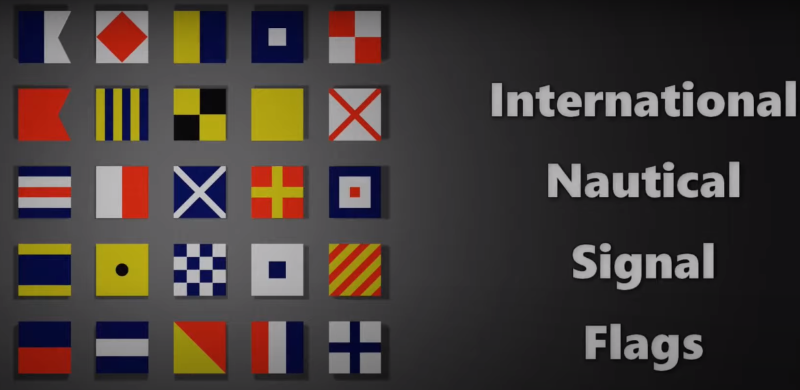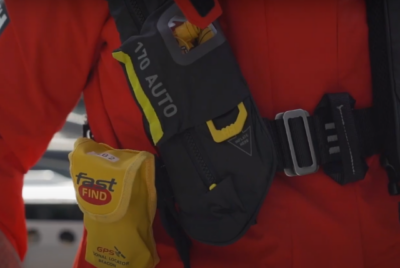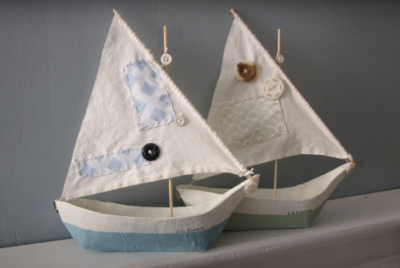Sailing Flags 101: Navigating Maritime Communication with Confidence
Ahoy, fellow sailors and sea enthusiasts! If you’ve ever set sail on the open waters, you’re likely familiar with the vibrant array of flags fluttering aboard vessels. These seemingly humble pieces of fabric hold significant importance in maritime communication, allowing sailors to convey messages, assert their intentions, and navigate safely. Join me on this journey as we delve into the world of sailing flags, decoding their meanings, understanding their etiquette, and unlocking the secrets they hold.
Introduction to Sailing Flags
Sailing flags, often referred to as nautical flags, play a pivotal role in the language of the sea. These distinct flags serve as visual signals, enabling sailors to communicate with one another across the vast expanses of water. Whether you’re a seasoned mariner or a novice adventurer, understanding the art of flag communication is essential for a smooth and safe voyage.
Understanding Different Types of Sailing Flags
The ocean is a realm governed by its own set of rules, and sailing flags provide the key to deciphering these rules. From the International Code of Signals flags that convey messages in an internationally recognized manner, to the specialized flags used in competitive racing, each type of flag holds a unique significance that guides sailors through a myriad of situations.
Decoding Sailing Flag Colors and Symbols
Colors and symbols within sailing flags are not mere aesthetics; they carry vital meanings that help sailors convey messages effectively. From the bold red of a “C” flag representing “Affirmative” to the stark white and blue of the “H” flag indicating “I have a pilot on board,” these visual cues serve as a silent language shared by sailors worldwide.
Choosing the Right Sailing Flags for Your Vessel
Selecting the appropriate sailing flags for your vessel involves more than just picking the right colors. Consider the purpose of your voyage, the type of vessel you’re commanding, and the message you wish to convey. Just as a captain carefully charts a course, selecting the right flags ensures your intentions are clear on the open waters.
Proper Display and Etiquette of Sailing Flags
As with any language, flag communication has its own set of protocols. The position and arrangement of flags on your vessel communicate specific messages to fellow sailors and maritime authorities. Mastering flag etiquette not only enhances communication but also demonstrates your respect for time-honored seafaring traditions.
Enhancing Safety with Sailing Flags
Safety at sea is paramount, and sailing flags play a crucial role in avoiding collisions and navigating tricky waters. By hoisting the right flags, you signal your intentions and help prevent misunderstandings among vessels. Clear communication through flags can be a lifesaver in situations where verbal communication isn’t feasible.
Sailing Flags in Competitive Sailing
In the world of competitive sailing, flags take on an even more strategic role. Racing flags convey information about starts, penalties, and course changes, giving sailors a competitive edge when interpreted correctly. As a savvy sailor, understanding these racing flags can be the difference between victory and defeat.
Signaling Distress and Emergency Situations
Though we set sail with optimism, it’s vital to be prepared for unforeseen emergencies. Sailing flags, particularly distress signals, are designed to attract attention and summon assistance when needed most. Familiarizing yourself with distress flag protocols can ensure a timely response in critical situations.
DIY Guide: Making Your Own Sailing Flags
For those seeking a personal touch, crafting your own sailing flags can be a rewarding endeavor. With a few basic materials and a touch of creativity, you can design flags that reflect your vessel’s character and your maritime spirit. Handcrafted flags also make for cherished mementos of your seafaring adventures.
Maintenance and Care of Sailing Flags
Flags endure the brunt of wind, salt, and sun. To ensure they remain vibrant and effective, proper maintenance is essential. Storing flags correctly and periodic cleaning can extend their lifespan and maintain their legibility, ensuring you’re always ready to communicate with confidence.
Navigating International Waters with Sailing Flags
When traversing international waters, the language of sailing flags becomes a universal means of communication. Adhering to internationally recognized flag standards minimizes misunderstandings among vessels of different nationalities. A clear understanding of these standards fosters a sense of camaraderie among sailors worldwide.
Sailing Flags as Collectibles and Souvenirs
Beyond their practical applications, sailing flags can hold sentimental value. Collecting historical or unique flags can be a rewarding hobby, connecting you to maritime history and preserving the legacy of seafaring adventures. Each flag tells a story, and as a collector, you become a guardian of these maritime tales.
Flag Communication Beyond Sailing
The symbolism of flags extends beyond maritime use. From national flags that symbolize countries to flags that represent causes and movements, these banners serve as potent tools for expression. By understanding the power of flag symbolism, you can appreciate their broader cultural significance.
Eco-Friendly Options for Sailing Flags
As stewards of the sea, sailors have a role to play in environmental conservation. Opting for sustainable materials when creating or replacing sailing flags minimizes the ecological footprint of maritime activities. By making conscious choices, you contribute to the preservation of the oceans you love to explore.
Conclusion
Embarking on a sailing adventure is more than a journey; it’s an opportunity to embrace a unique language of communication—the language of flags. From conveying messages to ensuring safety and commemorating experiences, sailing flags are essential tools for sailors worldwide. As you hoist your flags and set sail, remember that every fluttering banner tells a story, connecting you to a rich tapestry of maritime history.
FAQs
Can I use any type of fabric to make my own sailing flags?
While you have some flexibility, it’s best to use durable, weather-resistant fabrics like nylon or polyester for longevity.
Are there regional variations in sailing flag meanings?
The International Code of Signals strives for global consistency, but local variations can exist. Familiarize yourself with regional practices if sailing in unfamiliar waters.
What’s the significance of the “O” flag in racing?
The “O” flag indicates a false start in racing. Boats crossing the line prematurely are required to restart.
Can distress signals be communicated using light signals at night?
Yes, distress signals can be communicated using lights in addition to flags. The SOS signal, for instance, can be conveyed through Morse code with a flashlight.
Can I fly multiple flags at once?
Yes, you can fly multiple flags, but ensure they’re properly arranged and that their meanings won’t conflict or confuse other sailors.





